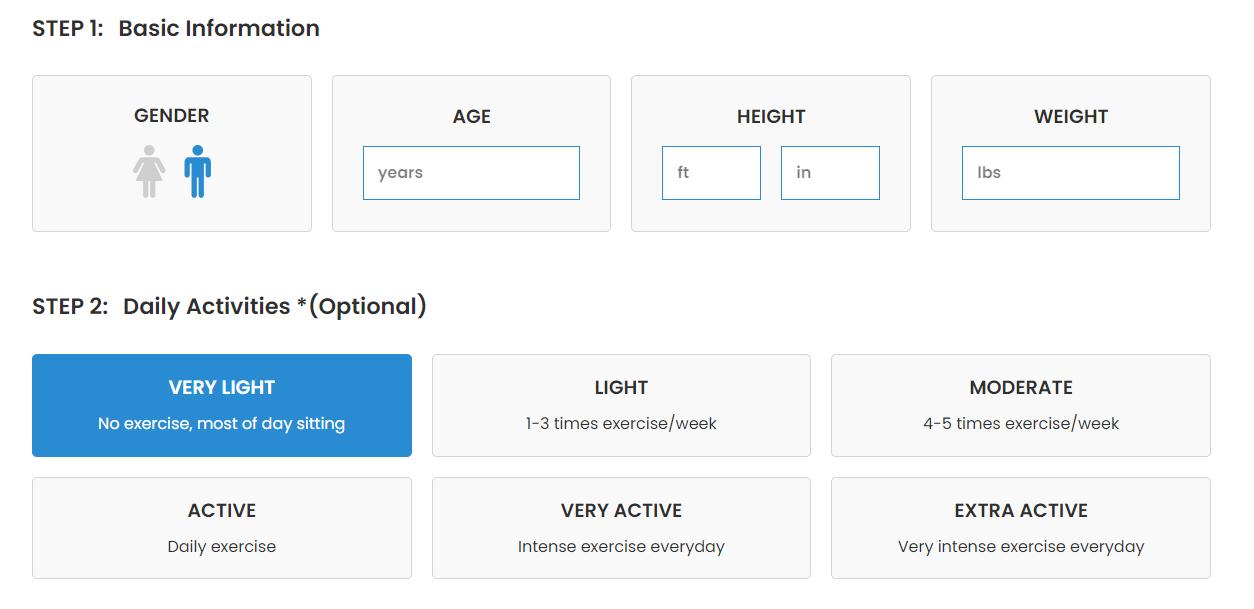Maintaining a healthy body weight is a cornerstone of overall well-being, and understanding your Body Mass Index (BMI) is a crucial step in this journey. BMI is a widely used tool that provides a simple numerical measure of a person’s thickness or thinness, allowing individuals to assess whether they are within a healthy weight range. This article will guide you through the process of using a BMI calculator effectively, empowering you to take control of your health with precision and confidence. By mastering this tool, you will be better equipped to make informed decisions about your diet, exercise, and lifestyle, ensuring that you stay within a range that supports optimal health and vitality.
Understanding BMI and Its Importance for Health
Body Mass Index (BMI) serves as a valuable tool for assessing whether an individual’s weight falls within a healthy range relative to their height. Understanding BMI can guide you in making informed decisions about your health and fitness goals. To effectively use a BMI calculator, follow these steps:
- Input Accurate Data: Start by entering your height and weight accurately. Remember, precision is crucial for obtaining a reliable BMI result.
- Interpret the Results: Once calculated, compare your BMI with standard ranges:
- Underweight: BMI less than 18.5
- Normal weight: BMI 18.5–24.9
- Overweight: BMI 25–29.9
- Obesity: BMI 30 or more
- Consult with Health Professionals: Use the information as a starting point and seek advice from healthcare providers to understand what your BMI means for your personal health situation.
While BMI is a helpful indicator, it does not account for muscle mass, bone density, or overall body composition. Therefore, it should be used alongside other assessments for a comprehensive understanding of your health status.

Step-by-Step Guide to Accurately Calculating Your BMI
To accurately determine your Body Mass Index (BMI), you’ll need to follow a few straightforward steps. First, gather the essential measurements: your weight in kilograms and your height in meters. If you’re more familiar with pounds and inches, don’t worry—most BMI calculators will handle the conversion for you. With these figures in hand, input them into a reliable BMI calculator, which can easily be found online or as a mobile app. Once you hit calculate, the tool will provide you with a numerical value that corresponds to a BMI category.
Understanding these categories is crucial for assessing your health. Here’s a quick breakdown of the BMI ranges:
- Underweight: BMI less than 18.5
- Normal weight: BMI between 18.5 and 24.9
- Overweight: BMI between 25 and 29.9
- Obesity: BMI of 30 or greater
These categories provide a general guideline, but remember that BMI is just one aspect of your overall health. For a comprehensive evaluation, consider factors like muscle mass, bone density, and overall body composition. Always consult with a healthcare professional to interpret your BMI results within the context of your personal health profile.

Interpreting BMI Results and What They Mean for Your Health
Understanding your Body Mass Index (BMI) is crucial for maintaining a balanced and healthy lifestyle. BMI is a numerical value derived from your height and weight, serving as a general indicator of whether you’re underweight, at a healthy weight, overweight, or obese. While it provides a quick snapshot of your body composition, it’s important to interpret the results with a nuanced perspective.
- Underweight (BMI less than 18.5): This might suggest malnutrition or an underlying health issue. Consulting with a healthcare professional can help identify potential causes and solutions.
- Normal weight (BMI 18.5 – 24.9): This range is generally considered healthy, but maintaining a balanced diet and regular exercise is essential for long-term wellness.
- Overweight (BMI 25 – 29.9): While this category might increase the risk of certain health conditions, lifestyle adjustments can effectively bring BMI back into a healthier range.
- Obese (BMI 30 and above): This classification indicates a higher risk for chronic diseases such as diabetes and heart disease. Professional guidance can aid in developing a sustainable weight management plan.
Remember, BMI doesn’t account for factors such as muscle mass, bone density, or overall body composition. Therefore, it’s wise to use it as a starting point rather than a definitive measure of health. Complement BMI insights with other assessments and professional advice to craft a comprehensive picture of your health.

Practical Tips to Maintain a Healthy BMI
Maintaining a healthy Body Mass Index (BMI) is crucial for overall well-being. To keep your BMI within the optimal range, consider integrating these practical tips into your lifestyle:
- Balanced Diet: Focus on consuming a variety of foods from all food groups. Ensure that your meals include plenty of fruits, vegetables, lean proteins, and whole grains. Avoid processed foods and limit sugar intake.
- Regular Exercise: Aim for at least 150 minutes of moderate aerobic activity or 75 minutes of vigorous activity each week. Incorporate strength training exercises at least twice a week to build muscle and boost metabolism.
- Mindful Eating: Pay attention to hunger cues and eat only when you’re hungry. Practice portion control and avoid distractions like TV or smartphones during meals.
- Stay Hydrated: Drink plenty of water throughout the day. Sometimes, our bodies confuse thirst with hunger, leading to unnecessary calorie intake.
- Monitor Progress: Use a BMI calculator regularly to track changes. Set realistic goals and make adjustments to your diet and exercise routine as needed to stay within a healthy range.
By adopting these strategies, you can effectively manage your BMI and promote a healthier lifestyle.
